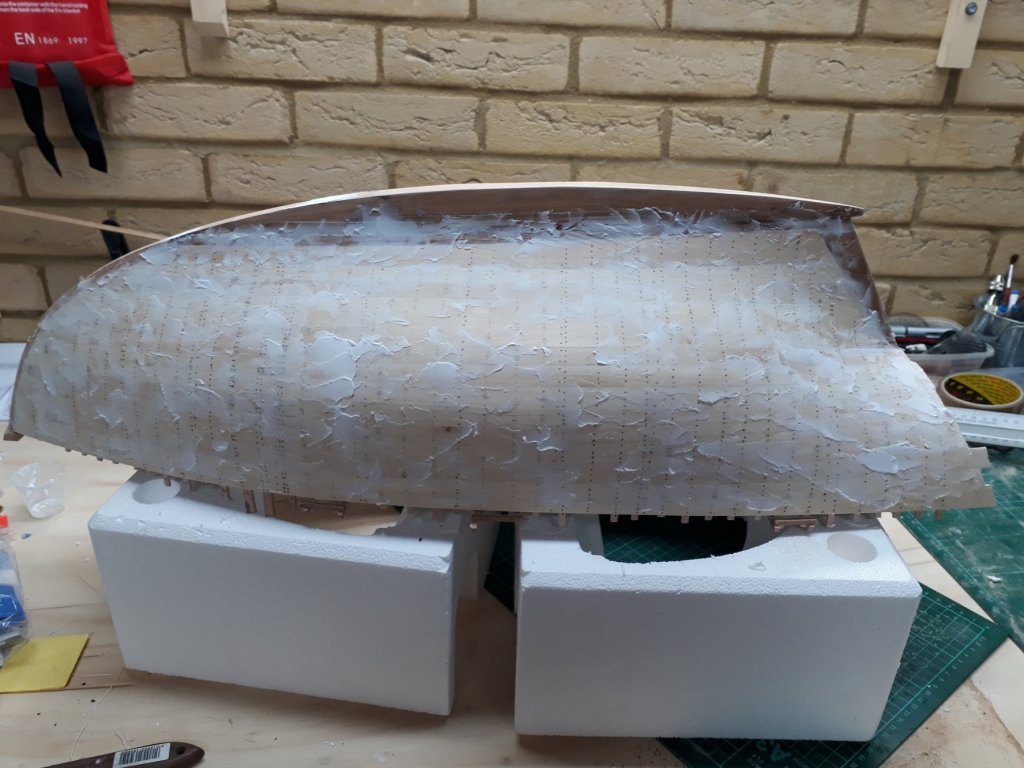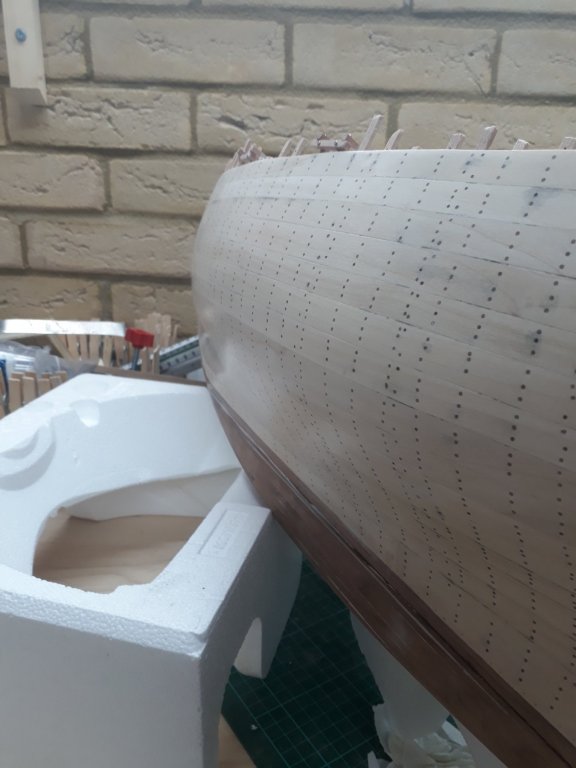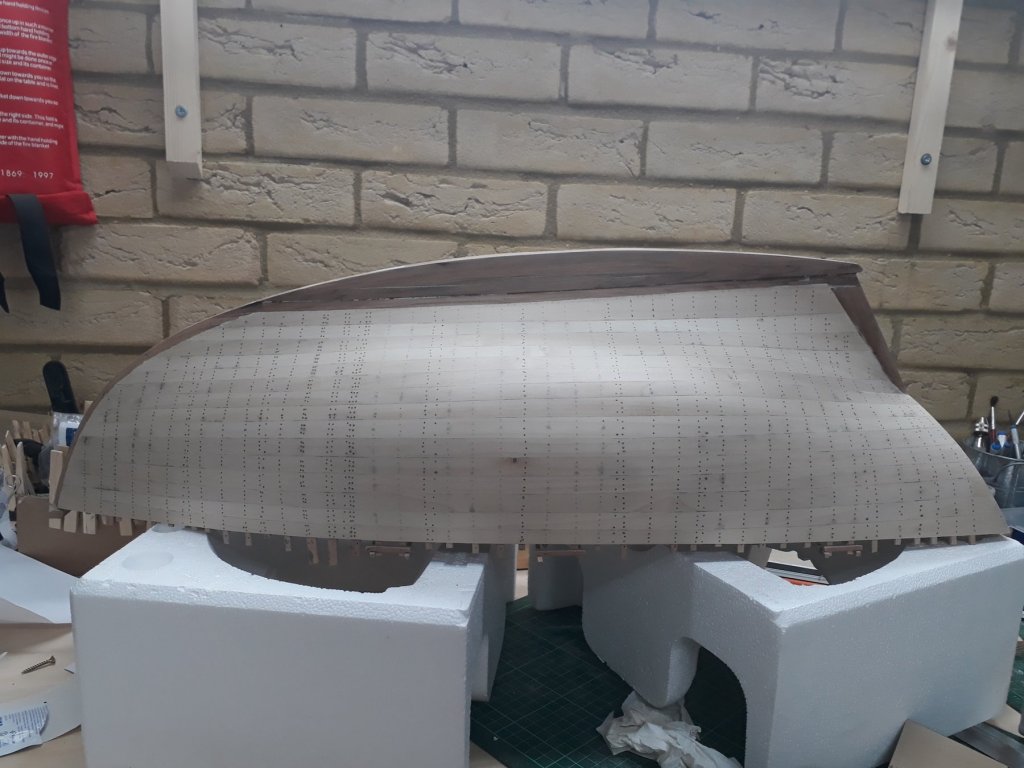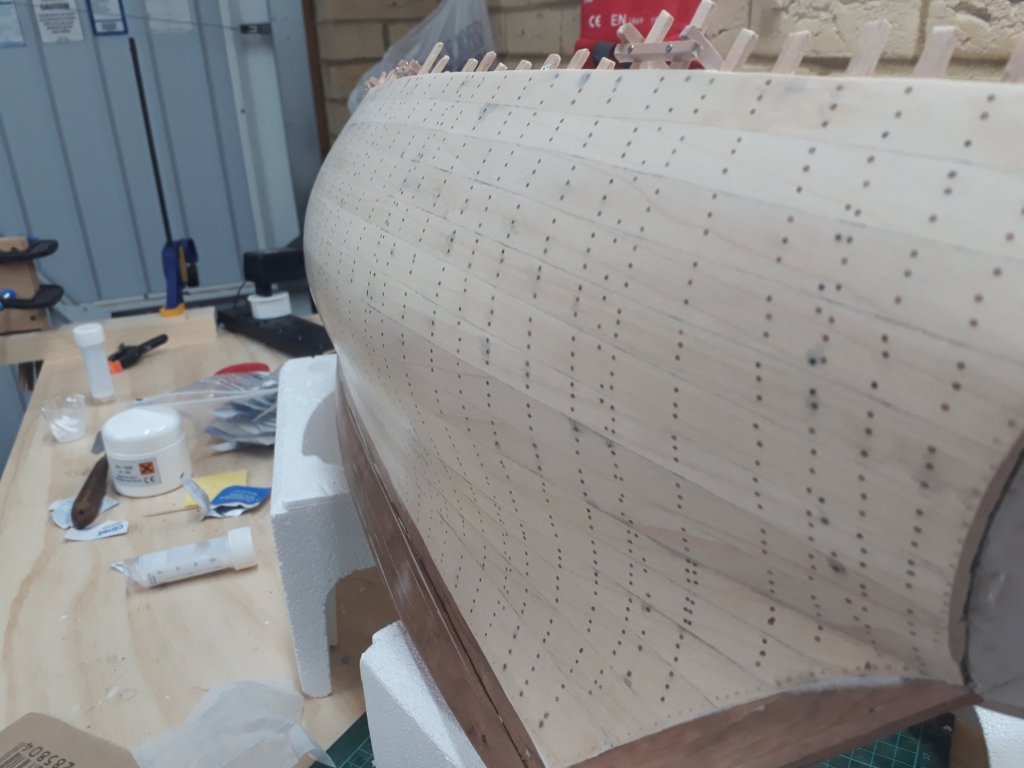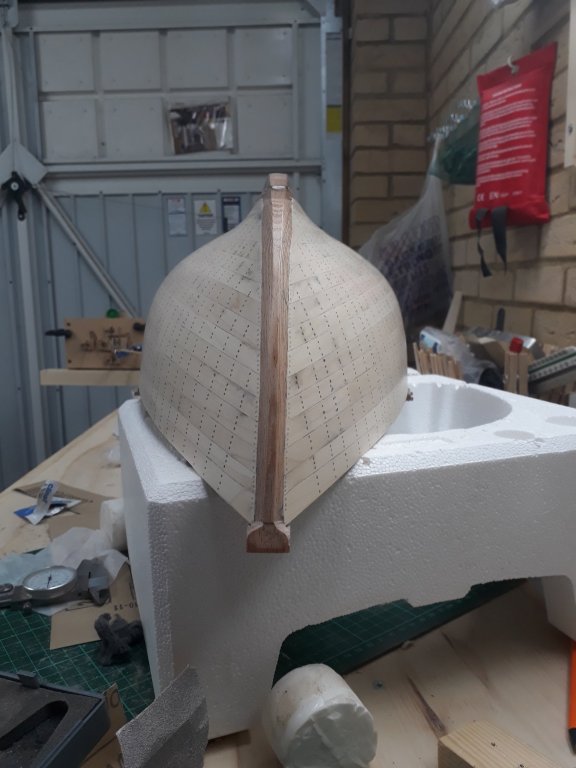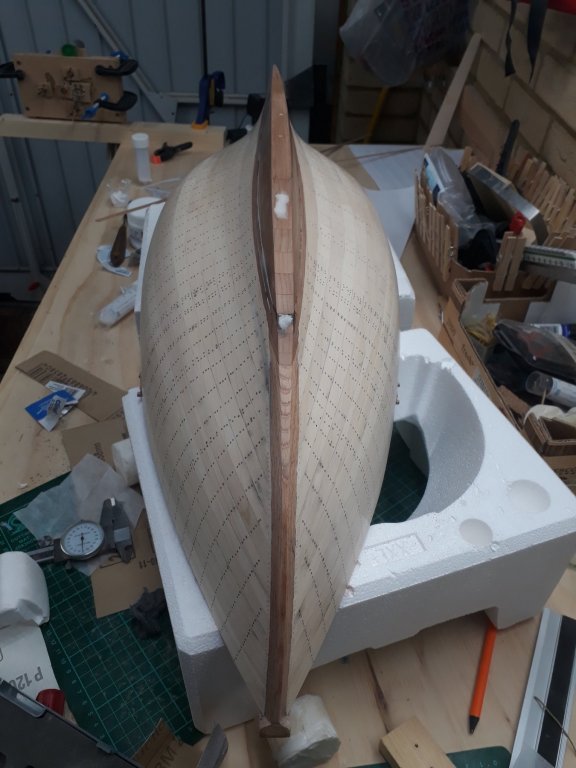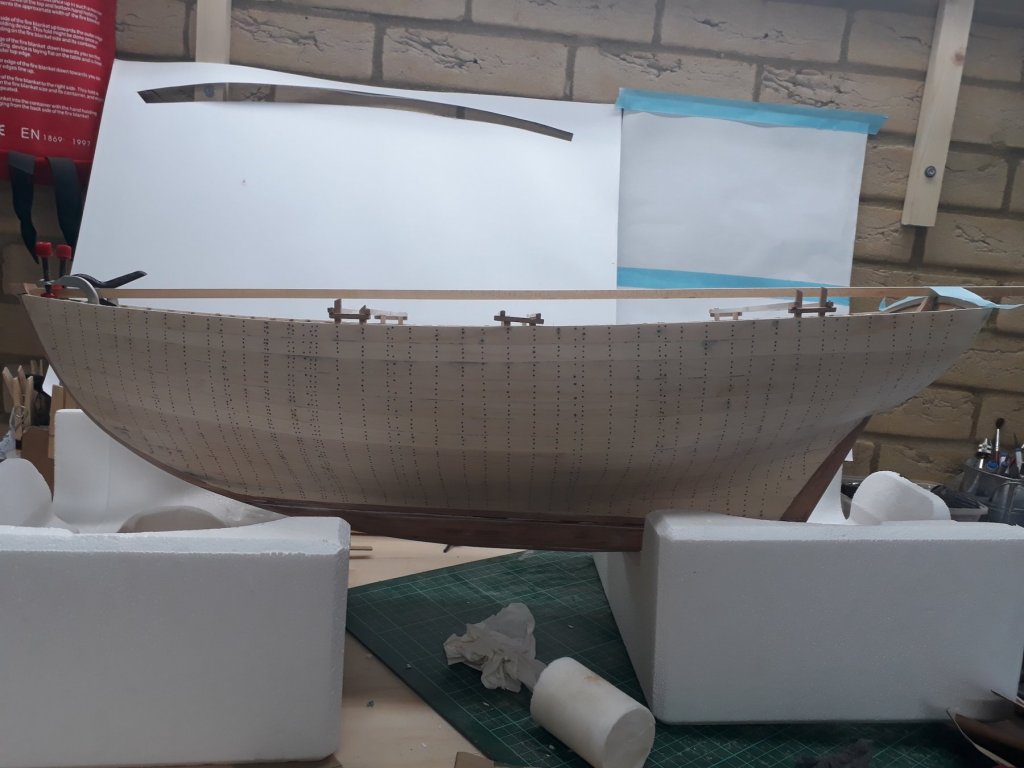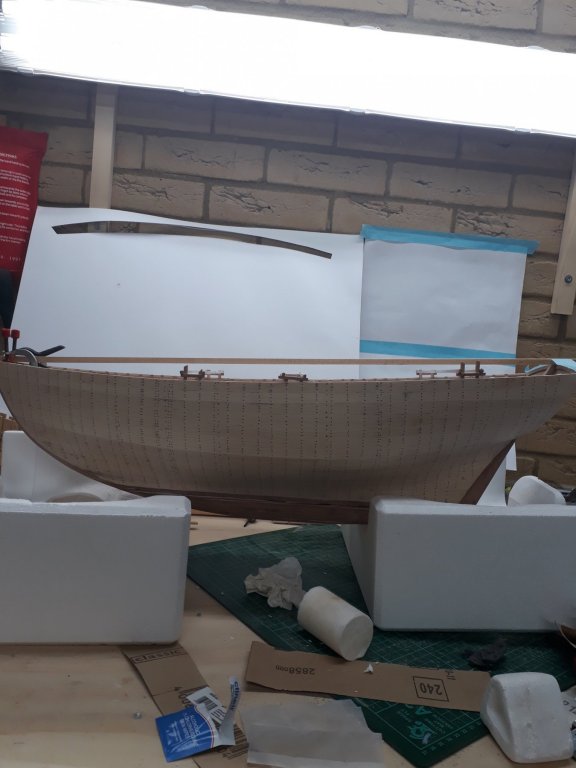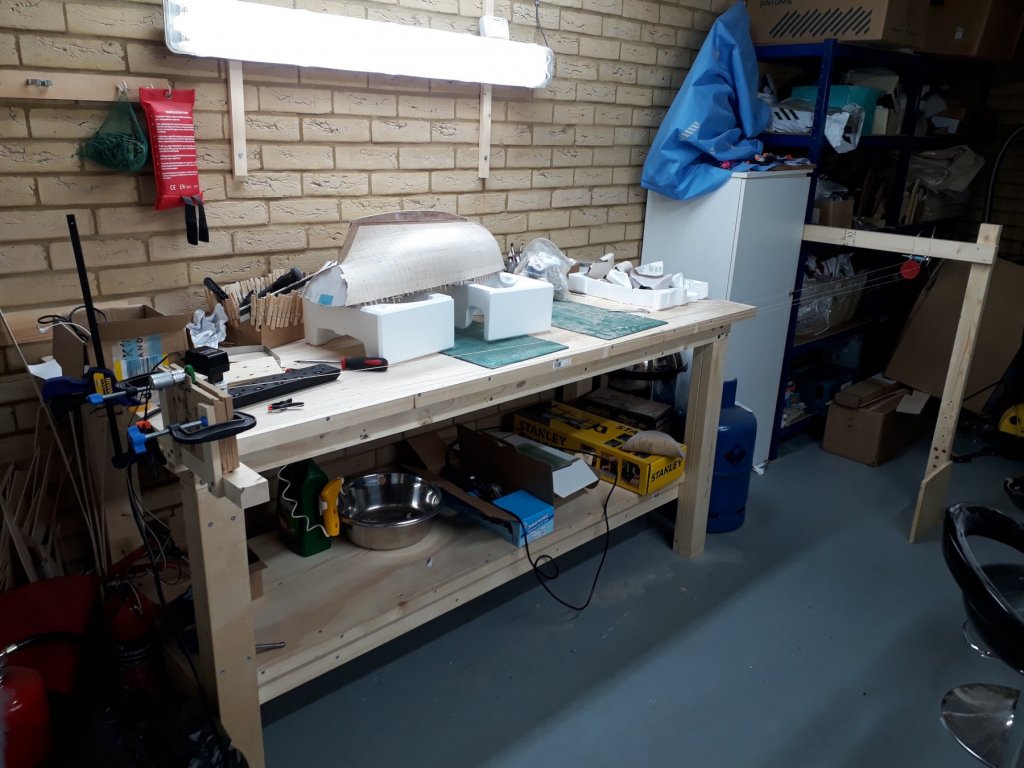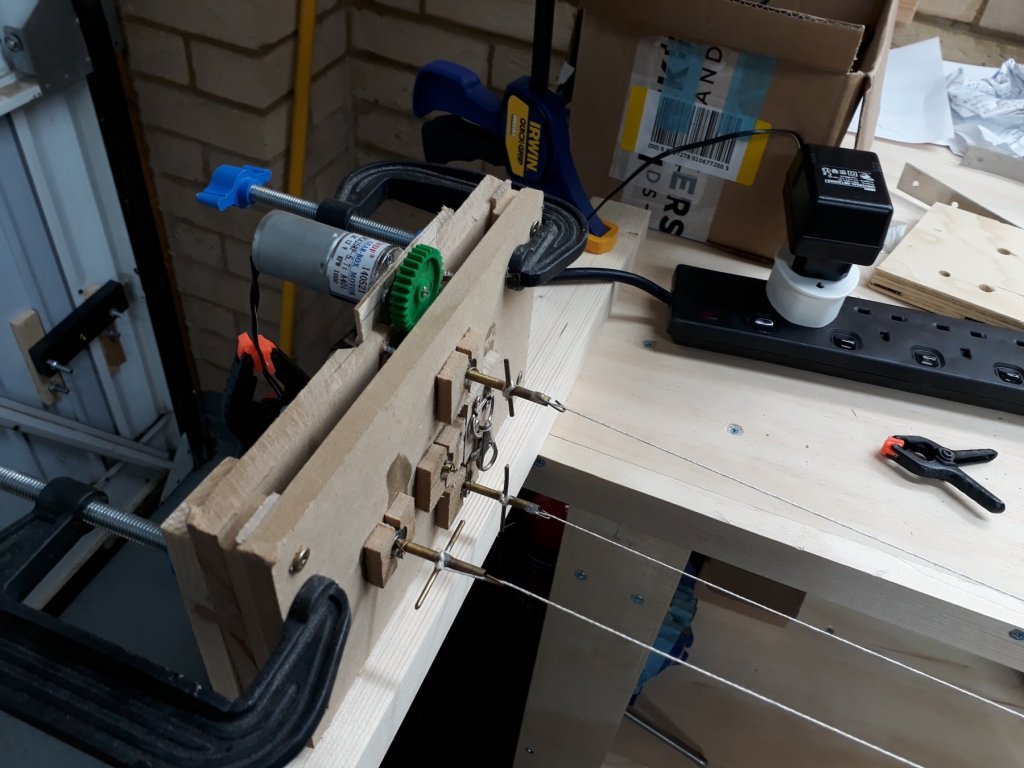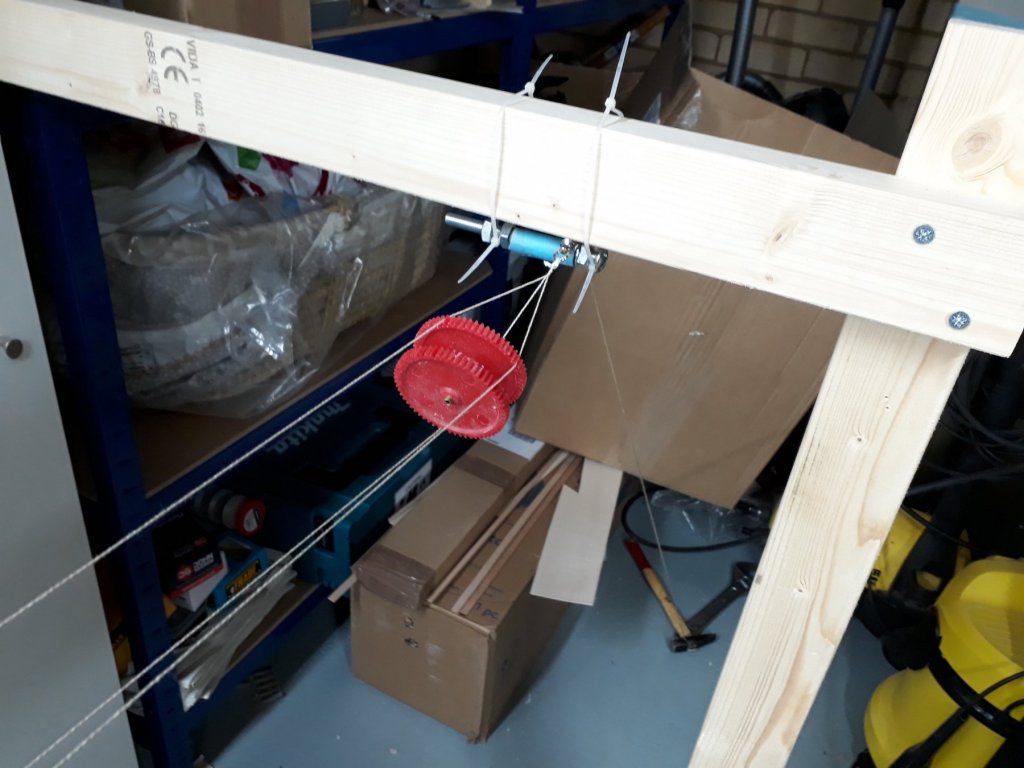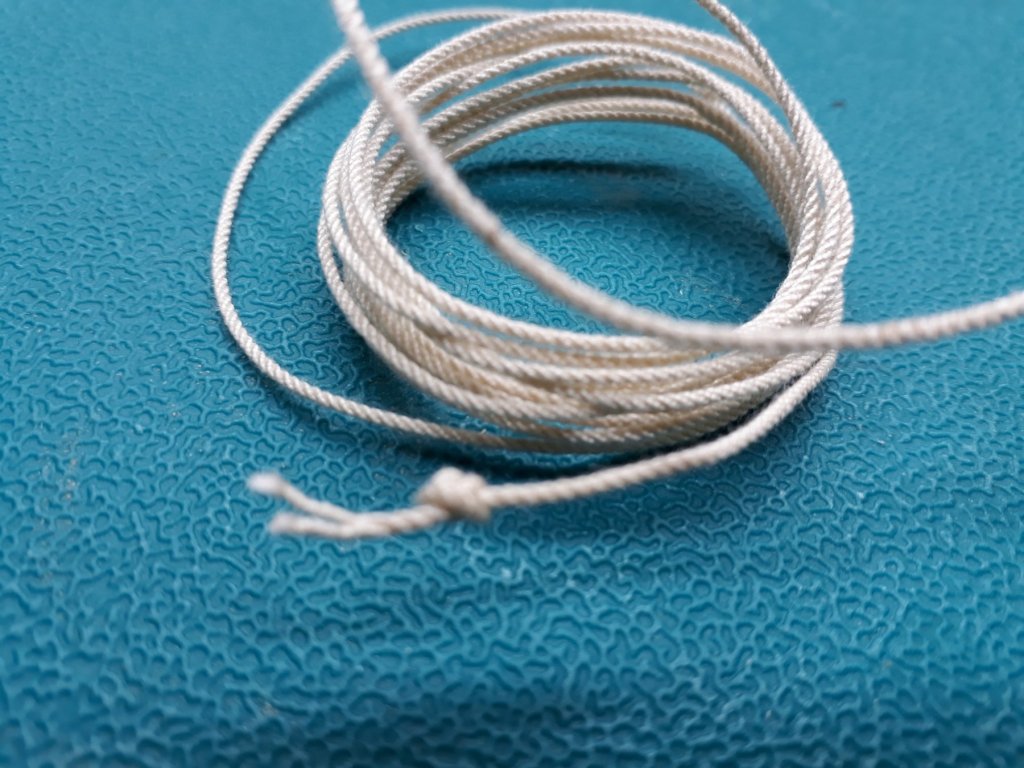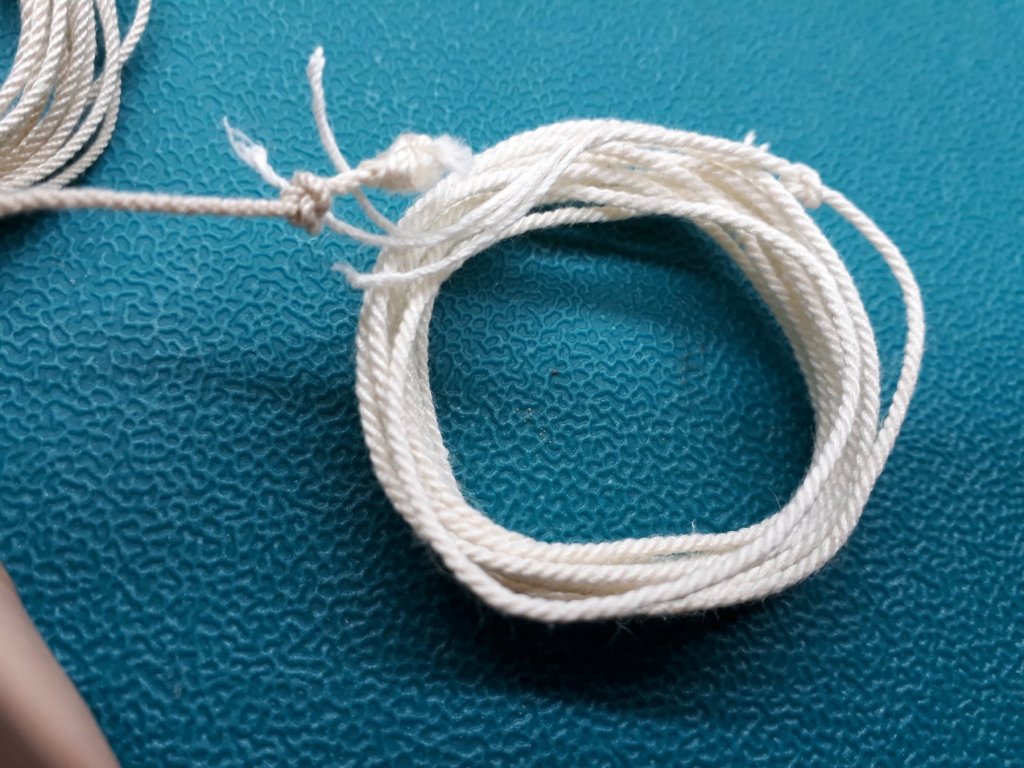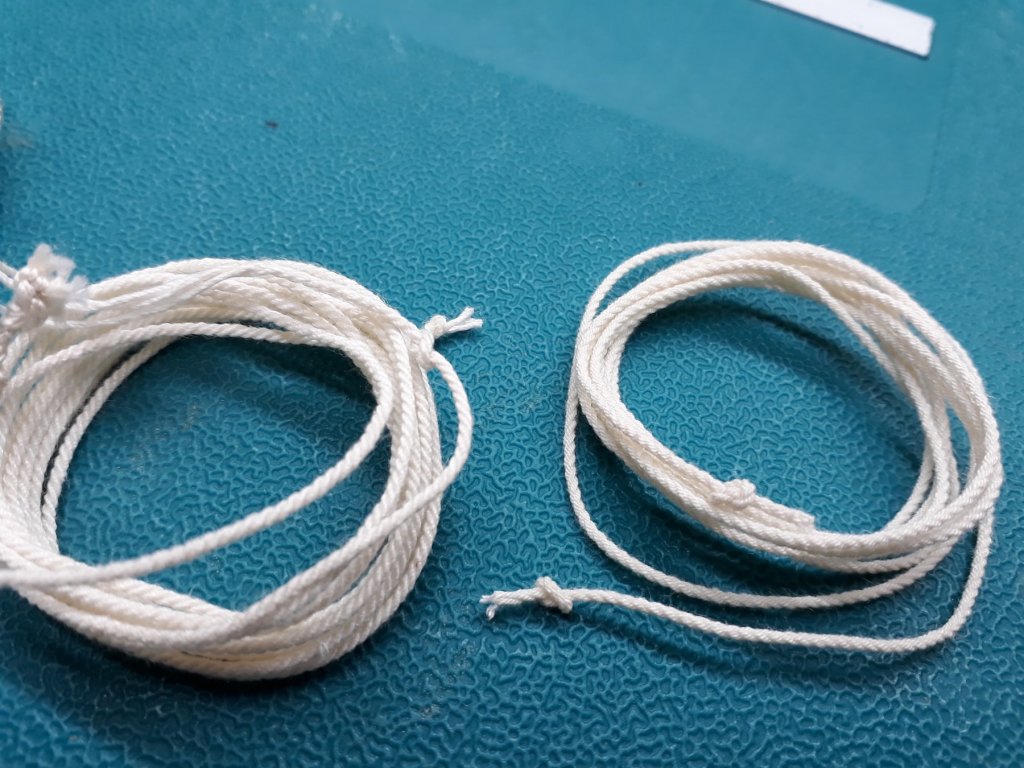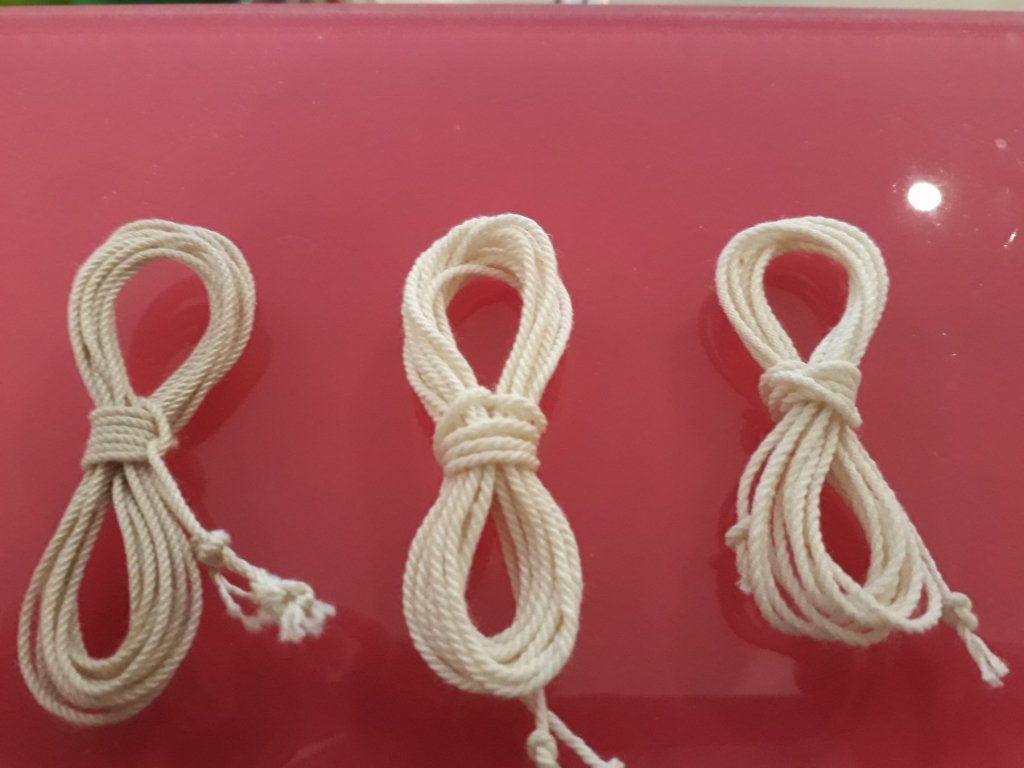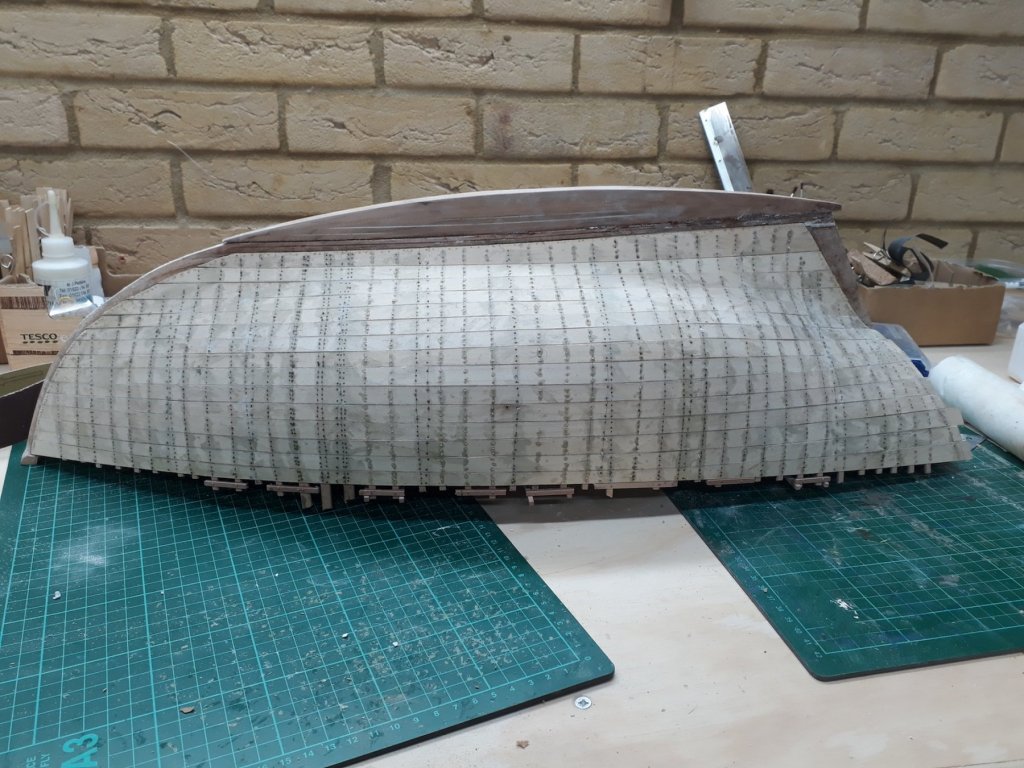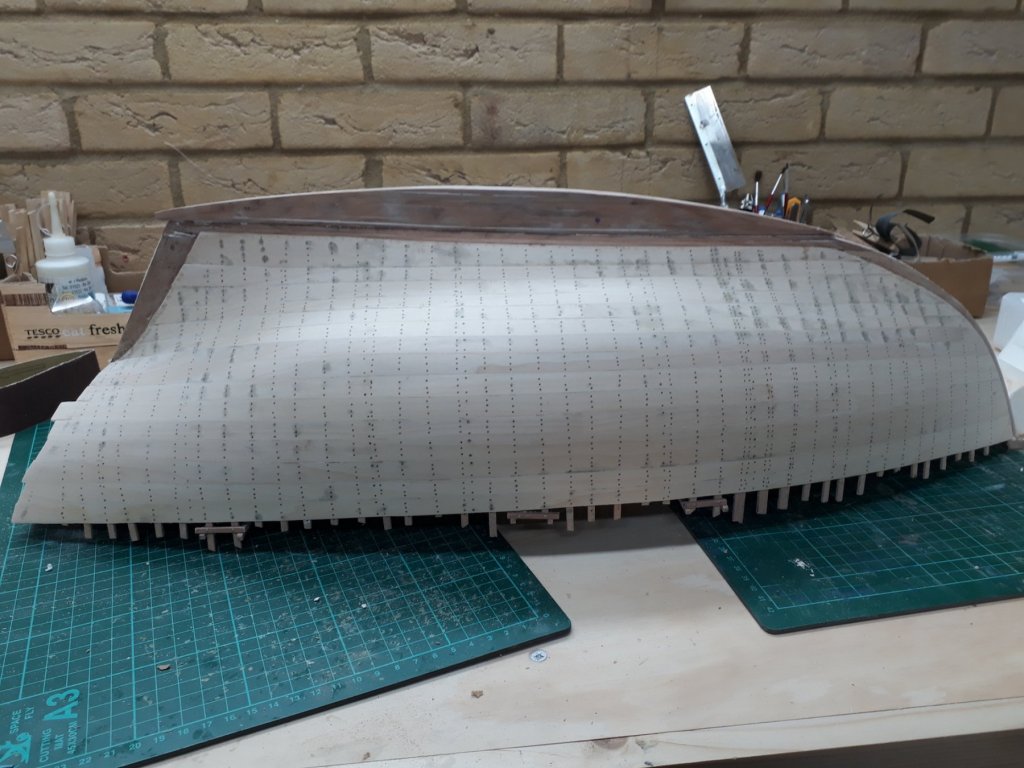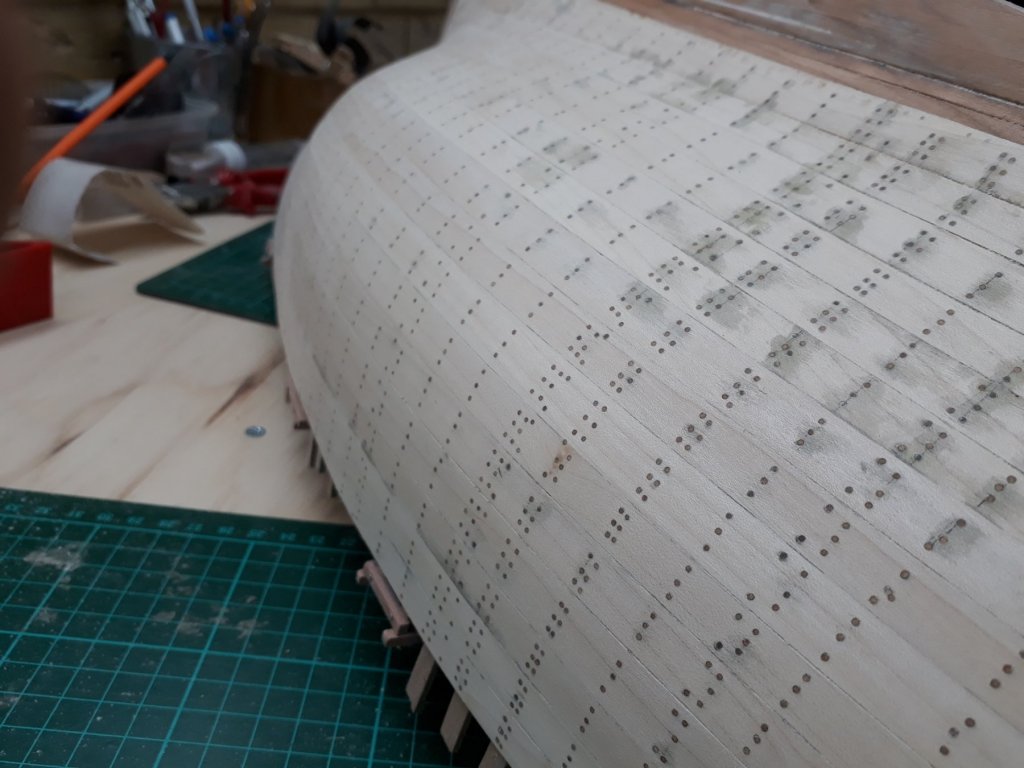-
Posts
1,596 -
Joined
-
Last visited
Content Type
Profiles
Forums
Gallery
Events
Everything posted by vaddoc
-
You are building the boat in an unusual way Hakan! I assume you put the keel on the frames to put the planks on but then you can remove it as the lapstrake acts as stringers. Are you going to insert frames or ribs afterwards? Looks better after the adjustment, you are on the right path. A thing to consider though, your scarfs are quite substantial and may cause flat areas in the planks closer to the sheer. Regards Vaddoc
-
I ve used heating irons, microwave, steam tubes, hair dryers. The thing that works for me is actually to throw the pieces in boiling water for a couple of minutes, then really quickly bend them to shape. The wood will easily take extreme bends but will start cooling down in just a few seconds and dries to an ambient moisture within 24 hours. A bit of a problem with the heating irons is that the wood gets very dry and somewhat brittle. To my experience, basswood/lime does not bend well. Beech and maple are superb.
-
Looks like you are progressing very well Hakan. My recent experience with spilling is that there is a learning curve and after a while it becomes quite consistent. Looking at your photos, I wonder if the garboard and first planks end a bit high at the bow and stern, maybe the rest of the planks will be a bit cramped? Your lapstrake looks very nice. Vaddoc
-
Welcome! Beware of lime, it does not hold an edge.
-
Thanks for the photo Hakan! The sapwood and the heartwood are very different. If you plan to use the sapwood, maybe check it first. I have some cherry wood and I found the sapwood feels very wet and not really nice to work with so I am discarding it. Nice rabbet lines!
-
A nice start Hakan. I 've never seen apple wood before but looks very nice. Much nicer colour than swiss pear. I gave up on spray glue as it makes a mess and leaves residuals on the surface that need to be removed with isopropyl alcohol. Water based glues like pritt much better, more controllable, easier to clean and much much cheaper! Does the boat have a balast keel/centerboard?
-
She is looking very good Patrick, especially considering how unforgiving close up photos are. I just love the gold paint!
-
Dear Patrick, I never expected the hull would come out this nice. If I did, I would be more careful with the treenails, to align them better and use the same material throughout. Now the tree nailing is far from perfect. But I also have this desire to paint it green and red or something bright. Or maybe gold and fill the deck with pillows, you never know! Hakan, there is little info on this matter on the net compared to other aspects of boatbuilding. This is surprising as this is a tricky job. I had another look on the Whisstock website and I realised there is a forum area. I posted a question and George Whisstock very kindly replied. Apparently the plans call for a 7% camber (and 9% for the cabin roof) with translated to 17 mm crown, quite a lot more than the 10 mm I intended to use. This will result in a really curved deck but this should be fine as the actual deck areas are quite limited. I realised that the marking of the positioning of the beams was very inaccurate. Also, It was impossible to accurately mark the position of the beam on the opposite sheer. It took a day to finally come up with a way to do this without a massive jig. The straight strip on the port side has the positions of the beams and the sliding jig across the central rail ensures everything is completely square. I used tape to mark the positions as I need to also account for the variable thickness of the beams. I also put some order in my wood stash today, which was all over the place. I realised I have accumulated quite a lot in the last few years. The timber is now well seasoned but all the maple sheets are horribly warped, as well as some very thick beech strips. I did though the mistake of storing my wood vertically.
-
I ll be following your build from the back Hakan! I am interested to know how your homemade thickness sander will work. Vaddoc
-
I am posting the conclusions I ve reached, as others may find it helpfull The first thing to decide when arranging the deck is the crown height or camber. It is usually between 1/2 and 1 inch per foot of beam. Then, find the maximum beam and draw an arc or parabola. There are a few ways of doing this but I used a 3D program. Following this, use the same arc for all points (beams) across the length of the hull. Keep the arc vertical to the waterline and not the sheer (bevelling/fairing will be needed for the beams to sit on the beam selves and the planks to sit on the beams.) Provided the sheer is fair, the deck centreline that will be produced will be fair as well. Nothing is easy in boatbuilding! Vaddoc
-
Well, I just measured the actual length and beam of the boat Length (to more foremost end of planking: In plans 703mm, actual 703. (!) Beam: In plans 236, actual 239. (a couple of frames were off sideways by a mm or 2, reason unknown) So the 3D designs for the beams correspond to the boat length wise but are off by 1.5 mm on each side of the beam. So I will need to re-do the beams but for making the cabin I probably will be able to fully use the 3D to cut the templates. Vaddoc
-
Druxey, Wintergreen and Mark, thank you all for your good words. I have been deliberating the deck issue for the last few weeks. Today, I sat down to the computer and did a bit of 3D. Initially, I decided that a deck crown (or camber) of 3/4 inch per foot, that is 7.5 mm in my boat, should look ok. Actually I thought that it would be too much. After adding the deck to the hull though, on 3D it is apparent that actually is not enough! I did it again with a 10 mm crown and this time it was better. I then made all the beams and the longitudinal members and trimmed the beams, I could not make Rhino work with a parabola but an arc looks ok. I used the same arc (as it came out at max beam) for all beams and indeed, the deck centreline worked it self out fine (I checked, it is very fair). and then added the whole thing to the boat I will check but I do not think My boat matches accurately enough my plans so maybe I will not be able to use these templates. Still, the 3D has been very useful so far not only to decide the camber, but also for the following reasons: Following the original plans, there is really a very narrow deck on the sides of the cabin, I think I will need to make it a bit wider. I had the concern that the longitudinal beams would have some crazy twist but they appear reasonably straight as the next photo shows Finally, as I decided to make the beams vertical and not perpendicular to the sheer, the 3D gives me more or less the bevel that will be needed I have also done a bit of thinking for the cabin. I think the side walls should have a slight tilt inwards and that the top should follow the sheer to a degree and of course have a camber. But this is for much later on. Regards Vaddoc
-
Beautiful work Mark, very clean, you make it look so easy! Difficult to tell but you seem to have managed to plank the hull without a lot of spilling. The deck seems to have a very small crown height, I read that the typical height is something like 1/4 to 1/2 inch per foot of beam. How did you come up with the beam shape? I am currently struggling to understand decks! Also, did you brush paint the enamel on the keel? If so this is a fantastic result. Regards
-
Another milestone reached, the hull is finished! It took a massive amount of filler to do the job. Then I applied two coats of sanding sealer, sanding after its coat. Finally, I sanded to 240 grit and then used some 0000 steel wool. The hull is now very smooth, sealed and the imperfections are all filled. Notice that the light reflects off the surface of the hull! I then cut the ribs flush with the sheer. I left the ones that secure the braces though. I now need to figure out how the deck will work and then start making the beams .
-
I think I get it know The way to do it is to decide on the crown height at max beam and decide on a method to draw the camber. Then you apply the same camber along the boat and different cron heights are produced. As long as your seer is fair, the deck centreline that will be produced will be also a fair curve and the deck planks should sit nicely.
-
Thanks John I have a full set of plans which were (I think) a bit inaccurate so I had to do quite a lot of lofting. However, in the plans there is very little info regarding the deck. It seems that all naval architects assume that this is a very easy part and do not elaborate! I have tried to find some info on the subject but there is very little on the net. I think I ll need to get Chapelle's book. Still, The deck centreline does not seem to always follow the sheer, some times it can be actually almost a horizontal line. Others go for a variable crown towards one or both ends. But even if we suppose it follows the sheer, the crown will need to get more shallow as it reaches the bow and stern otherwise the deck will rise unnatural high. In my boat, the crown should be around 19 mm but the top of the beam selves is 3 mm down from the sheer Then there is the king plan that is pretty long and needs to be straight, but that section of the deck curves upwards. I think I need to study...
-
Happy New Year to all! I could have done some work on the boat during holidays but I accidentally threw away the filler putty I had just received. So waiting for the replacement work on the hull could not proceed. Strangely, there are still some glue stains around the tree nails that refuse to disappear despite aggressive sanding. It is very tiring to sand this huge hull so I gave up. Maybe I ll give it another try later on. As I had a lot of free time, I decided to set up a ropewalk and make some rope. In my new garage I have more space and also I got some linen thread I was keen to try. Again I used whatever I could find lying around in the garage that could do the job and the motorised spinning thingy I had put together building my previous boat. I can easily make ropes 2 to 3 meters length. I still need to improve a few things though. A short video making some rope I did 2 ropes, left is cotton, right is linen This is rope made from cotton and this is made from linen Not really a huge difference. Cotton is a bit more rigid and less fluffy. I then did some thick linen rope 2 ways, either with just twisting 4 threads per strand producing 3 strand left hand rope, or by properly twisting 3 left hand ropes and then using them to twist a 3 strand right hand rope. Despite needing much more work, it looks pretty much the same. Maybe the RH one is a bit more tight. All ropes side by side I can produce pretty much any size rope in any twist in long lengths but I do not really like how rigid cotton and linen ropes are, I feel they are a bit wrong materials. I have ordered some cotton/linen thread, cotton/synthetic and some monofilament thread to experiment. I would like to get some cotton covered synthetic thread as well but it comes in large industrial lengths and is a bit expensive. Also, I think I need to make a new motorised twisting thingy with 4 strands instead of my current 3, this should give me more flexibility. As I work in 1:10 scale I think I will need some really large ropes for the rigging.
-
Some more progress made today. I finally got my gas heater sorted and now the garage is cosy and warm. I also spent 2 days cleaning and tidying up. I started sanding the hull and another difficulty in working in large scale presented. It is actually a physically demanding task! I initially used 120 grit sandpaper but then I used a blade to scrape the high areas. I continued with the 120 and it is starting to look better. There is still a massive amount of sanding but this hull has potential!
-
.thumb.jpg.6fd4c1b78768bb3efd745ab810936005.jpg)
Gluing Planks When Wet
vaddoc replied to mikiek's topic in Building, Framing, Planking and plating a ships hull and deck
I recently finished planking my hull. I used 1 mm micro screws to temporarily secure the planks. These when then removed and the holes filled with tree nails that I make in bulk. It worked beautifully but I built in scale 1:10, I ll paint the hull and my planks were 70 cm long. But maybe it can work for you -
My dear Patrick "I’m still chasing that elusive perfectly smooth and unblemished paint job" Easy, you just need to apply coat after coat, sand gradually to 250,000 grit or thereabouts and in a few years you ll get it. (my painful experience with brush painting) Or you can compromise for a really good paint job! It must be summer time down under, I envy the good weather in your photos, here everything is frozen. Looking forward to seeing this glorious golden paint fully buffed and shining Regards
-
.thumb.jpg.6fd4c1b78768bb3efd745ab810936005.jpg)
Gluing Planks When Wet
vaddoc replied to mikiek's topic in Building, Framing, Planking and plating a ships hull and deck
When I started boat building the first woods I used were lime, mahogany and walnut. I gave up on all. The problem with walnut is the interlocking grain. I found it difficult to cut and have a clean edge and when bend could suddenly break diagonally along the cross grain fibres. Shaping a strip, it could follow the stray fibres. There are much nicer woods. It finishes superbly though!
About us
Modelshipworld - Advancing Ship Modeling through Research
SSL Secured
Your security is important for us so this Website is SSL-Secured
NRG Mailing Address
Nautical Research Guild
237 South Lincoln Street
Westmont IL, 60559-1917
Model Ship World ® and the MSW logo are Registered Trademarks, and belong to the Nautical Research Guild (United States Patent and Trademark Office: No. 6,929,264 & No. 6,929,274, registered Dec. 20, 2022)
Helpful Links
About the NRG
If you enjoy building ship models that are historically accurate as well as beautiful, then The Nautical Research Guild (NRG) is just right for you.
The Guild is a non-profit educational organization whose mission is to “Advance Ship Modeling Through Research”. We provide support to our members in their efforts to raise the quality of their model ships.
The Nautical Research Guild has published our world-renowned quarterly magazine, The Nautical Research Journal, since 1955. The pages of the Journal are full of articles by accomplished ship modelers who show you how they create those exquisite details on their models, and by maritime historians who show you the correct details to build. The Journal is available in both print and digital editions. Go to the NRG web site (www.thenrg.org) to download a complimentary digital copy of the Journal. The NRG also publishes plan sets, books and compilations of back issues of the Journal and the former Ships in Scale and Model Ship Builder magazines.



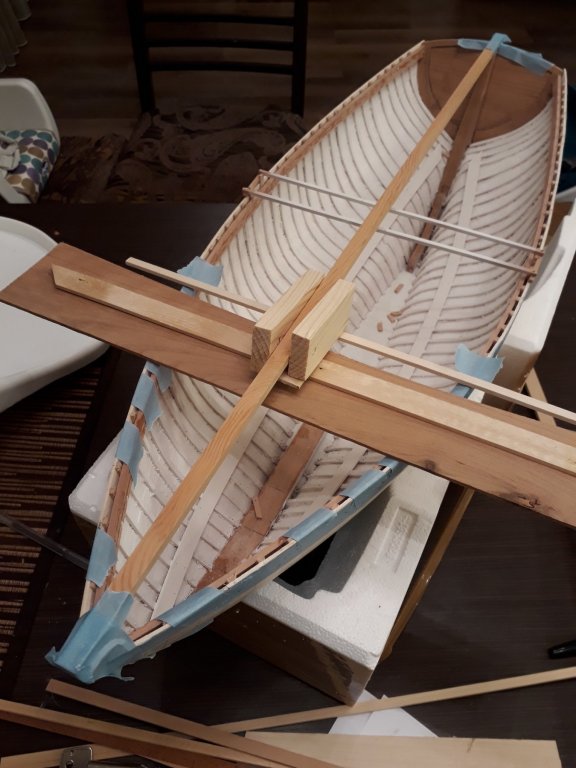
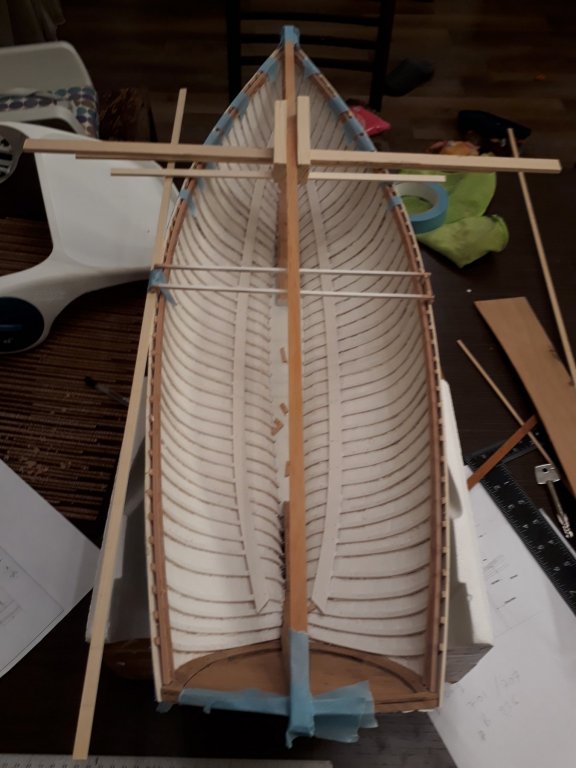
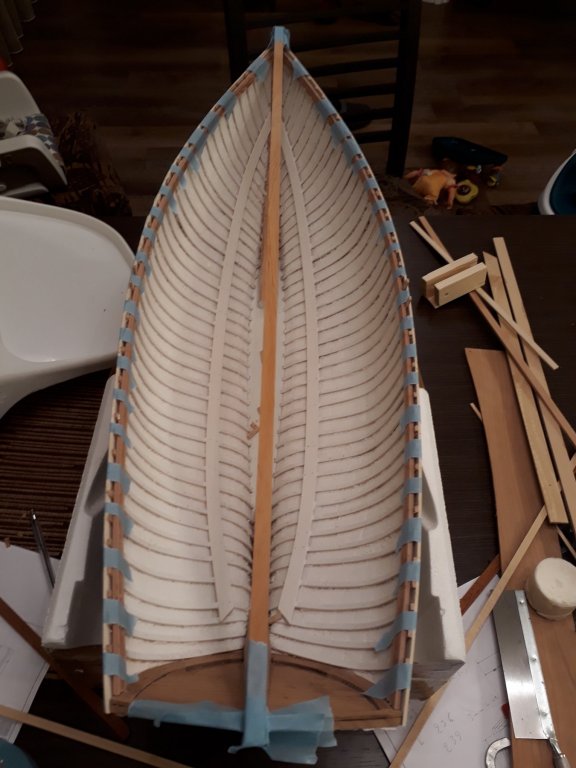
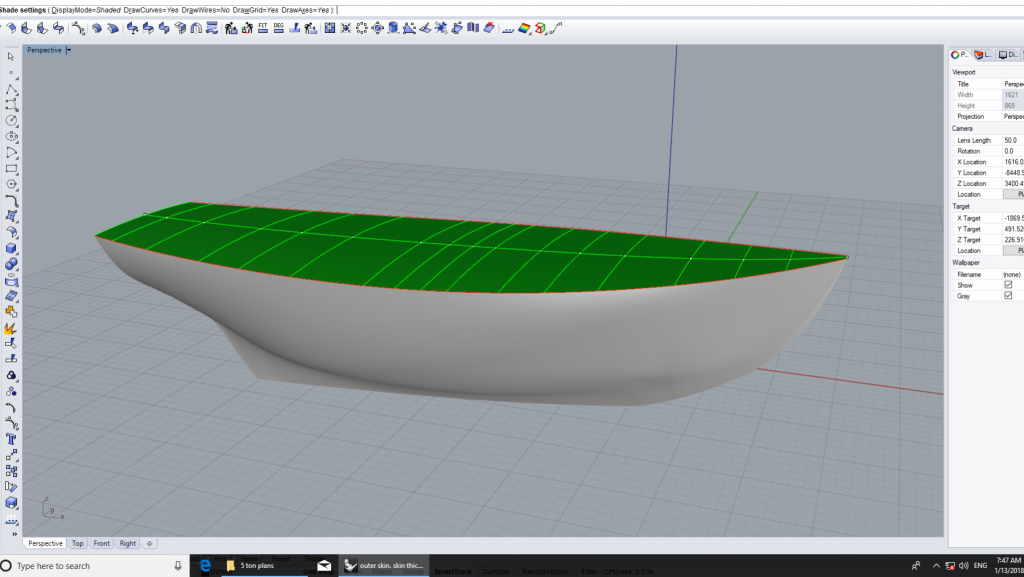
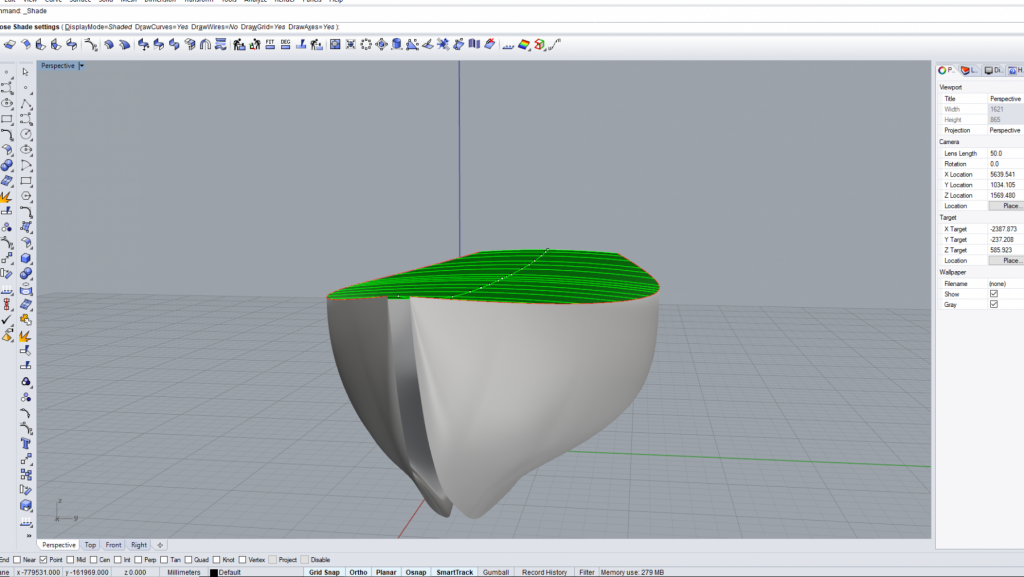
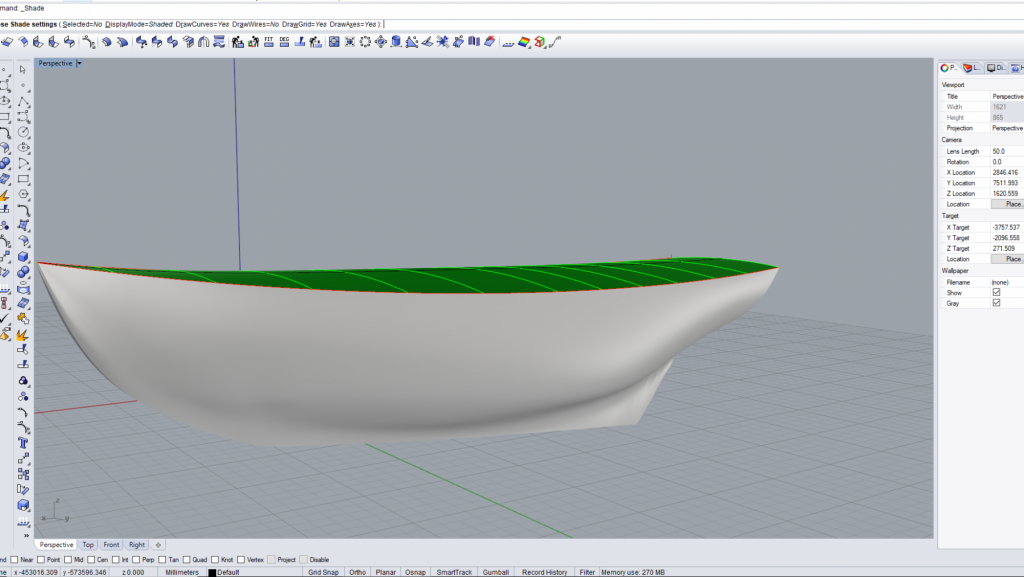
.thumb.png.c0743931545a2bf99e8d4076698f718e.png)
.thumb.png.a28df1830df2c855d1db5dfb0846f313.png)
.thumb.png.c1a0ea3e4d37c06b939e44d833993c9b.png)
.thumb.png.b1625dcb7b92483a1c749457a474aeb6.png)
.thumb.png.a21033cd6ac54ccbd6c081544a832c1e.png)
